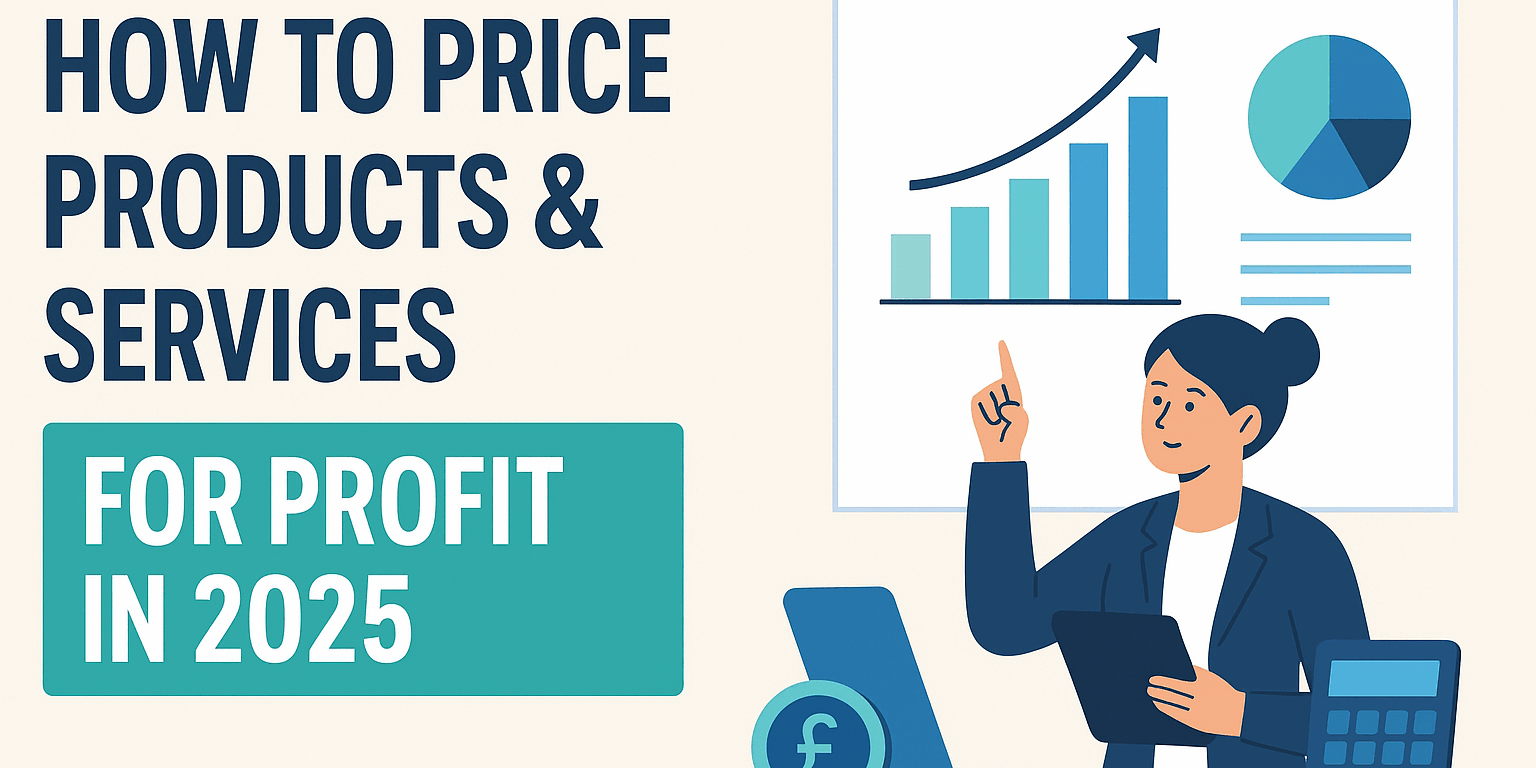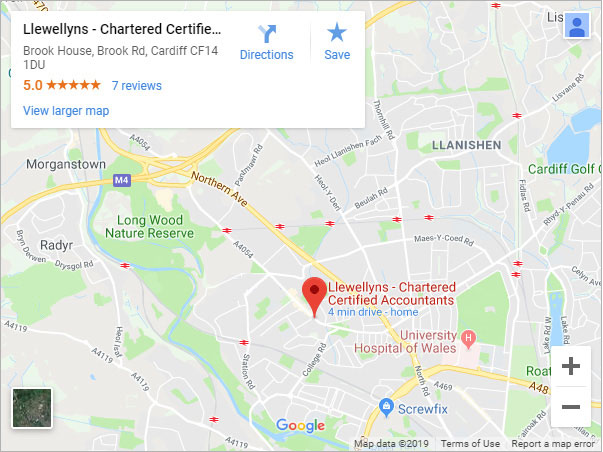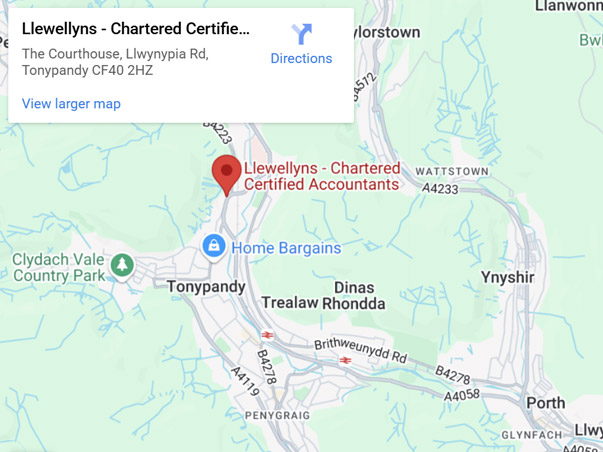💷 How to Price Your Products and Services for Profit in 2025
Pricing can make or break a business. Set prices too low, and you risk squeezing your profits (or even making a loss). Set them too high, and you may struggle to attract or retain customers.
For small and micro business owners, finding the right balance is essential — and in 2025, with rising costs, inflation pressures, and tax changes on the horizon, getting your pricing right is more important than ever.
Here’s a practical guide to help you price with confidence this year. 👇
1️⃣ Start with Your Costs
Before anything else, you need to know exactly what it costs you to deliver your product or service.
🔹 Direct costs – materials, labour, packaging, delivery.
🔹 Overheads – rent, utilities, software, insurance, admin time.
🔹 Tax & compliance costs – don’t forget VAT (if applicable), Corporation Tax, and other obligations.
💡 Tip: Review your costs regularly — even small increases in supplier prices or energy bills can chip away at profits if your pricing doesn’t keep pace.
2️⃣ Factor in Inflation and Market Conditions
Inflation in the UK has eased since its highs, but it’s still a key factor for 2025. Your costs may be rising faster than you realise.
📊 Build inflation into your pricing strategy — even modest annual increases (e.g., 3–5%) can protect your margins and keep your business sustainable.
3️⃣ Benchmark Against Competitors
Your pricing doesn’t exist in a vacuum. Customers will compare you to others.
👀 Look at:
What similar businesses in your area or industry are charging
How their quality, service, or brand compares to yours
Whether you want to position yourself as a premium option or a value-for-money provider
⚖️ Competitor analysis isn’t about undercutting — it’s about knowing where you fit in the market and charging what your offering is worth.
4️⃣ Don’t Forget Cash Flow
Even profitable businesses can run into trouble if cash flow is tight.
✅ Consider offering discounts for upfront payment or deposits for services.
✅ Build pricing models that ensure you have enough cash to cover expenses before invoices are paid.
✅ If you offer credit terms, make sure your margin accounts for late payments or write-offs.
💡 Think of pricing not just as “covering costs + profit” but as part of your cash flow management strategy.
5️⃣ Value Over Price
One of the most common mistakes small businesses make is undervaluing themselves.
Remember: Customers don’t just buy a product or service — they buy the convenience, expertise, trust, and quality that comes with it.
💬 If you’re delivering exceptional service, you can and should charge more than someone offering the bare minimum.
6️⃣ Review and Adjust Regularly
Pricing isn’t something you set once and forget.
🔄 Build in a mid-year review (July–August is ideal) to check if your pricing still makes sense against your costs, competitors, and goals.
🌱 Even small, regular increases are easier for customers to accept than a sudden large jump after years of holding prices steady.
✅ Final Thoughts
Pricing is both an art and a science. By knowing your costs, understanding your market, and building in tax, inflation, and cash flow needs, you can set prices that not only keep you competitive but also ensure long-term profit and sustainability.
👉 If you’d like help reviewing your pricing strategy for 2025, our team at Llewellyns Chartered Certified Accountants can support you with cost analysis, tax planning, and business advice.
After all, pricing smartly isn’t just about survival — it’s about growth. 🚀
We can help you:
📞 Call us in Tonypandy on 01443 303 230
📞 Call us in Cardiff on 02920 624 230
📧 Email info@llewellyns.co.uk









